Dog Breeds That Were Originally Bred for Jobs They No Longer Do
Dogs weren’t always companions lounging on couches. Many breeds were created with a job in mind, such as tracking scent through rivers, guarding boats, and even climbing cliffs to catch birds. But as society changed, so did their roles. Shifts in technology, laws, and lifestyle made many of these working tasks obsolete.
Understanding their original jobs reveals why they behave the way they do, and what still motivates them today.
Norwegian Lundehund
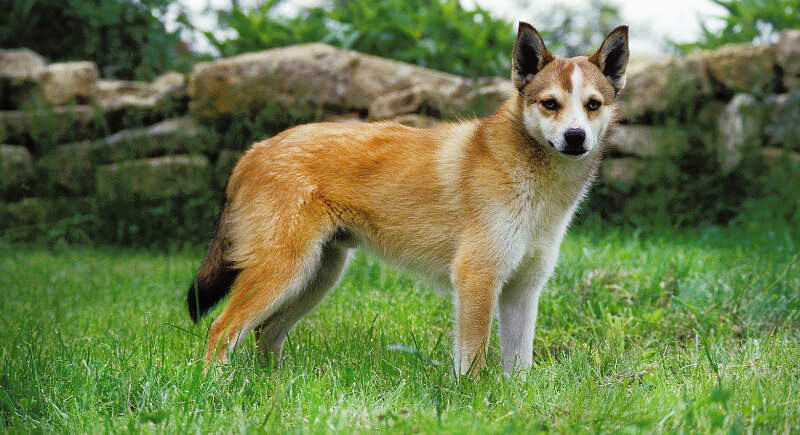
Credit: Getty Images
This breed hunted puffins along Norway’s steep coastal cliffs. Six toes on each foot and unusually flexible joints allow them to grip rocks and reach deep nesting crevices. Puffin hunting stopped, and the breed nearly vanished. These days, it survives as a pet with a rare and acrobatic pedigree.
Otterhound
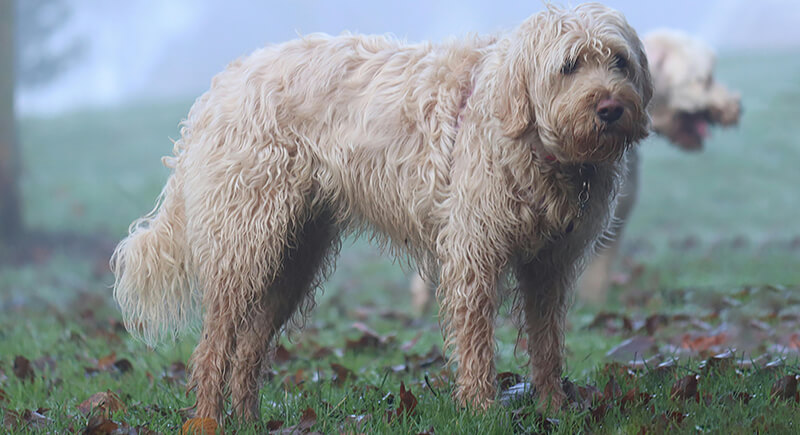
Credit: pexels
Water was its element, and otters were the target. This breed had the webbed feet, dense coat, and powerful nose needed for tracking otters through cold rivers. When otter hunting was banned, their skills lost relevance. They’re still drawn to water and love scent-based games.
Dalmatian
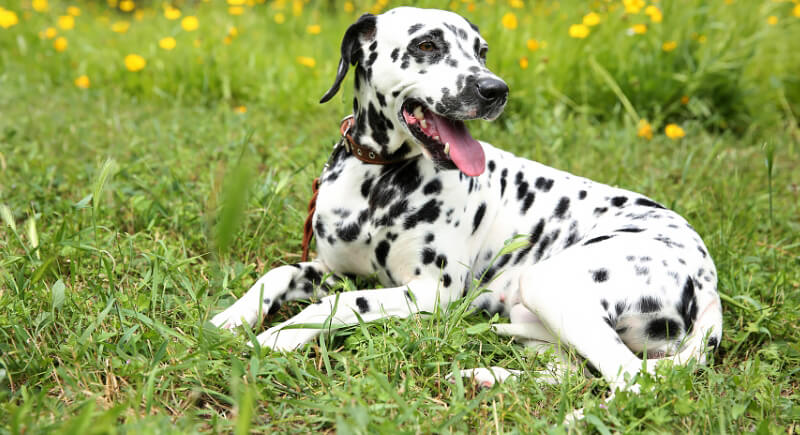
Credit: Canva
Before fire engines had sirens, they had Dalmatians. These dogs trotted beside horse-drawn carriages and calmed jittery horses. They later joined fire brigades for similar reasons. When engines took over, the job disappeared.
Newfoundland
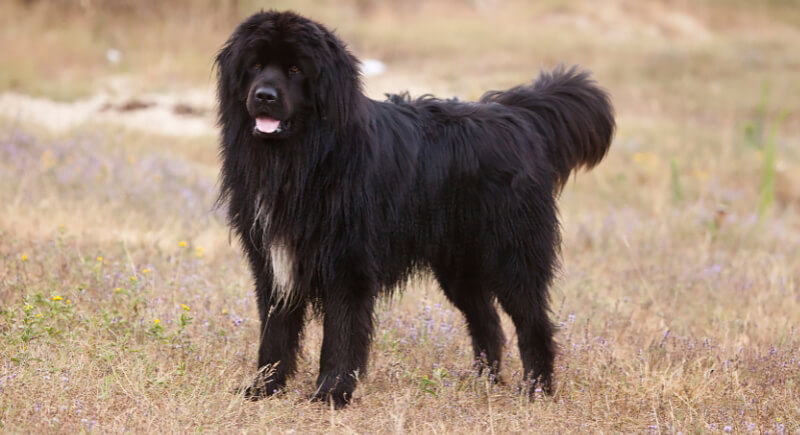
Credit: Getty Images
The Newfoundland once helped fishermen with heavy nets and rescues in icy waters. They’re built like a small bear and practically born with a swim stroke. Their water-resistant coats and strong limbs made them ideal for the job. Fishing got mechanized, but they still love water and sometimes compete in canine rescue events.
Tibetan Mastiff
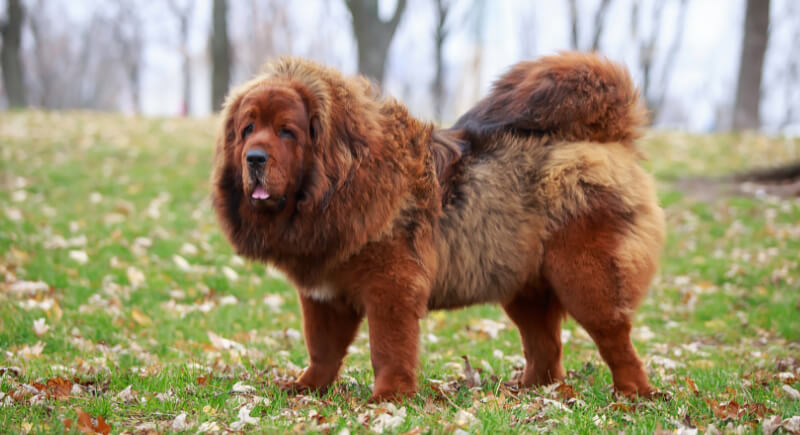
Credit: Getty Images
These dogs guarded livestock and monasteries across the Himalayan plateau. Their size, independence, and territorial instincts kept predators away. As fewer people relied on dogs for protection, their working role faded. Tibetan Mastiffs still behave like guardians, are wary of strangers, and are best suited for homes with strong leadership.
Bergamasco Sheepdog

Credit: Getty Images
This breed is not just a sheepdog, but a self-directed one with a felted coat made for snow and bites. Bergamascos were bred in the Italian Alps to herd without needing constant commands. As herding dwindled, so did their working role. Now, it’s better known for its coat than its original job.
Schipperke
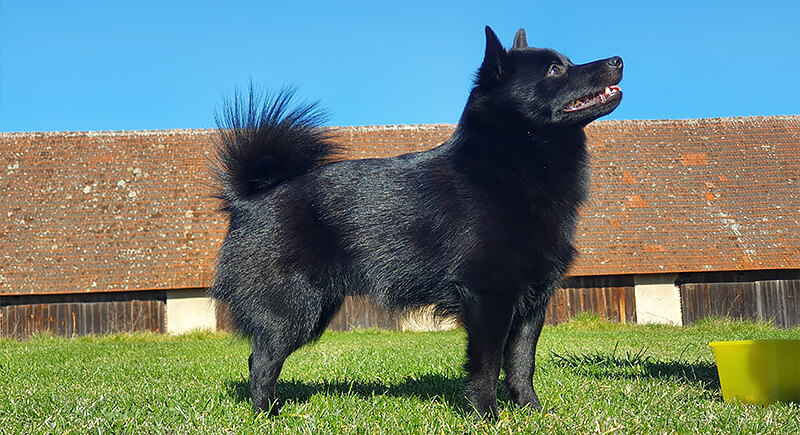
Credit: Wikimedia Commons
These dogs were originally used on Belgian barges. Schipperkes were small enough to move easily on deck and sharp enough to alert crews to trouble. They chased rats and kept an eye on the boat.
Braque du Puy
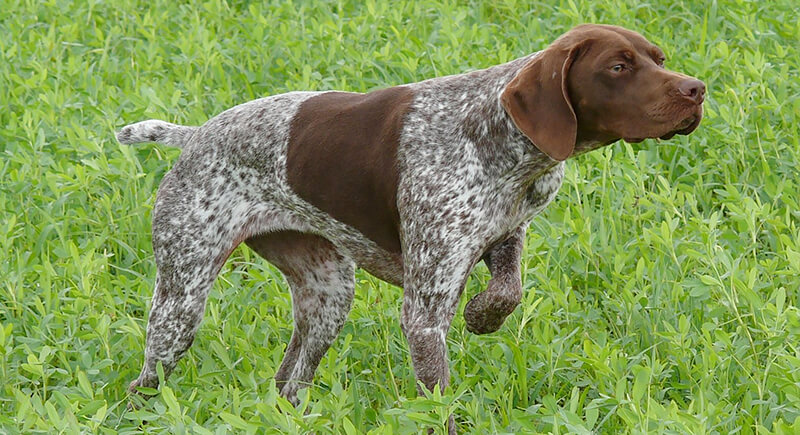
Credit: Wikimedia Commons
French hunters developed this lean, fast pointer in the 19th century to chase small game across open fields. The Braque du Puy excelled in speed but lost ground to more versatile gundogs. The breed disappeared as hunting methods evolved. It’s now considered extinct, but contributed traits to modern pointing breeds.
Clumber Spaniel
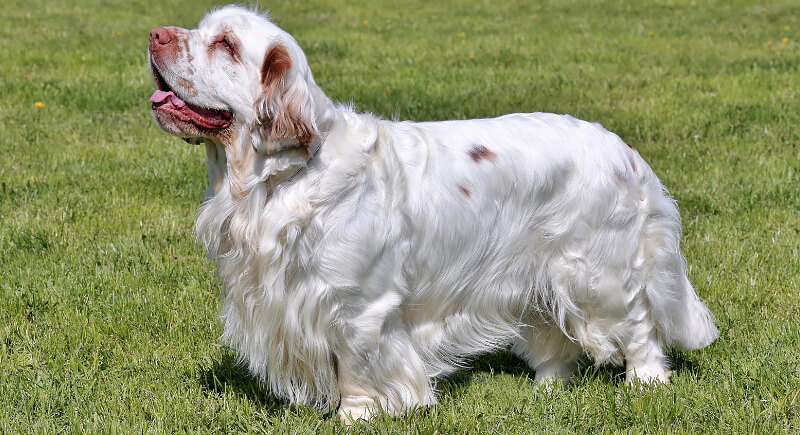
Credit: Getty Images
Unlike its speedier cousins, the Clumber Spaniel hunted slowly and methodically. It flushed birds from dense underbrush. Hunters liked its work ethic and stamina. Over time, faster spaniels got the job.
Irish Wolfhound
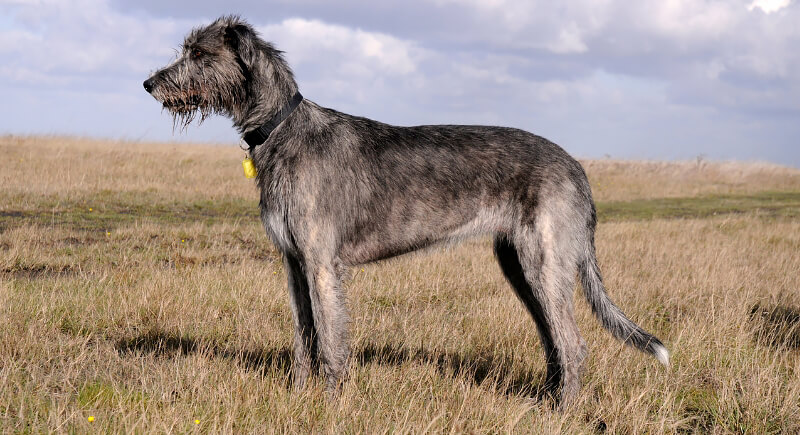
Credit: Getty Images
This dog was once Ireland’s answer to wolves. With both strength and speed, it was built to bring down large predators. Their role of chasing the wolves vanished when wolves disappeared from the region. Today, their size remains, but their demeanor is soft and introverted.
Russian Toy
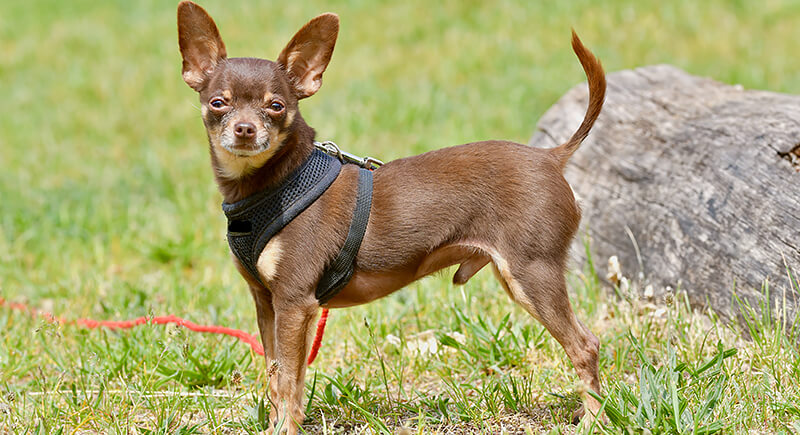
Credit: Wikimedia Commons
This breed is small enough for a royal lap and fast enough to chase down mice, so it once served dual roles in aristocratic homes. When the Russian Empire fell and modern pest control rose, the breed dwindled.
Affenpinscher
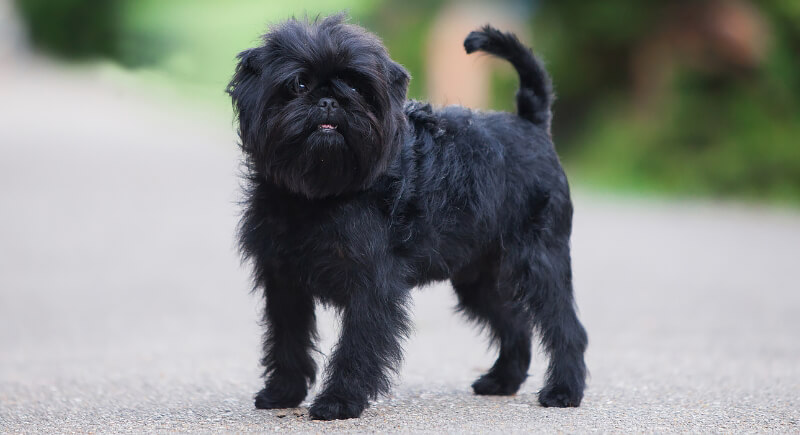
Credit: Getty Images
Barns, kitchens, and stables once relied on this scruffy little dog to keep rodents in check. Its small size, wiry coat, and no-nonsense attitude made it effective in tight spaces. Once traps and poison took over, the Affenpinscher stuck around for its comical expressions and bossy presence.
Dandie Dinmont Terrier
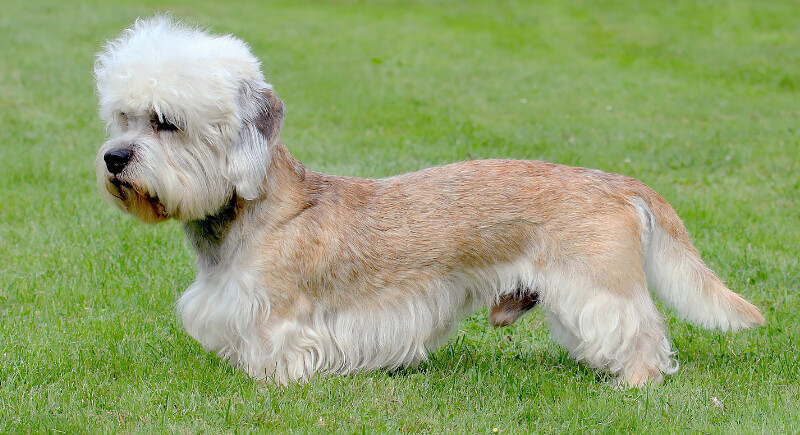
Credit: Getty Images
Dandie Dinmonts had long, low bodies built for burrowing, and they were bred in Scotland for digging out otters and badgers. Hunting laws and wildlife protections ended the need for such dogs. Though rare today, the breed still shows its tenacity and independence.
Keeshond
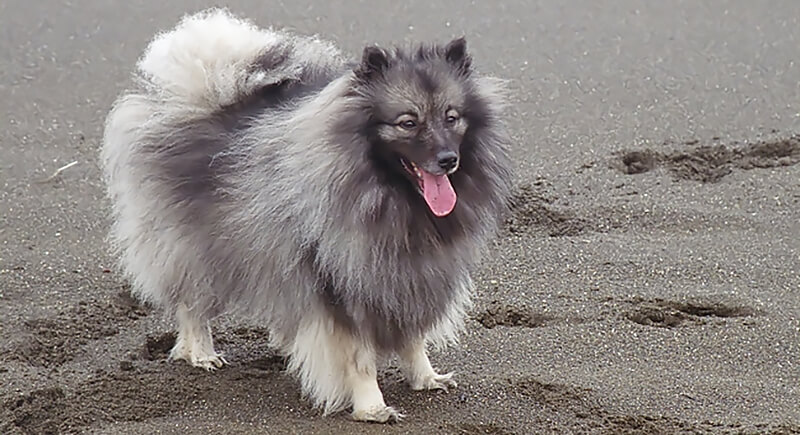
Credit: Wikimedia Commons
The Keeshond guarded Dutch riverboats and warned crews of approaching threats. They were also responsible for keeping watch over cargo. They formed strong bonds with people and were always alert. They were no longer required for that job when riverboat life faded. But their vigilance remains, which makes them effective watchdogs in home settings.
Löwchen
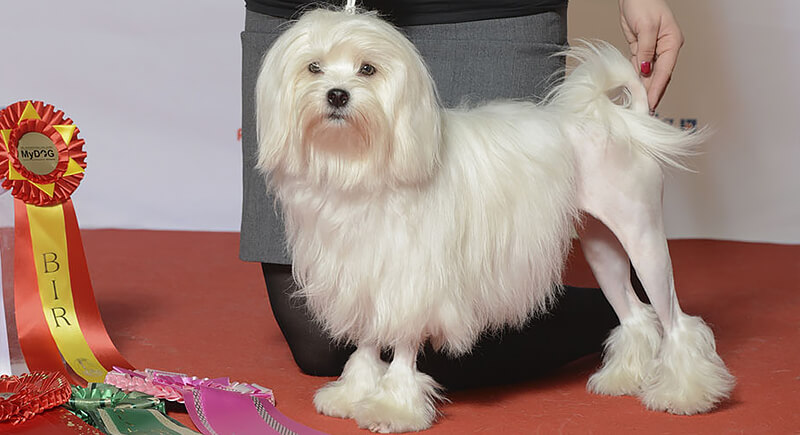
Credit: Wikimedia Commons
The Löwchen’s haircut actually served a practical purpose: shaved rear legs kept laps warm while the dog remained agile. This breed kept noble company in European courts. With the fall of that lifestyle, it faded briefly before re-emerging as a friendly, outgoing lapdog with a regal backstory.